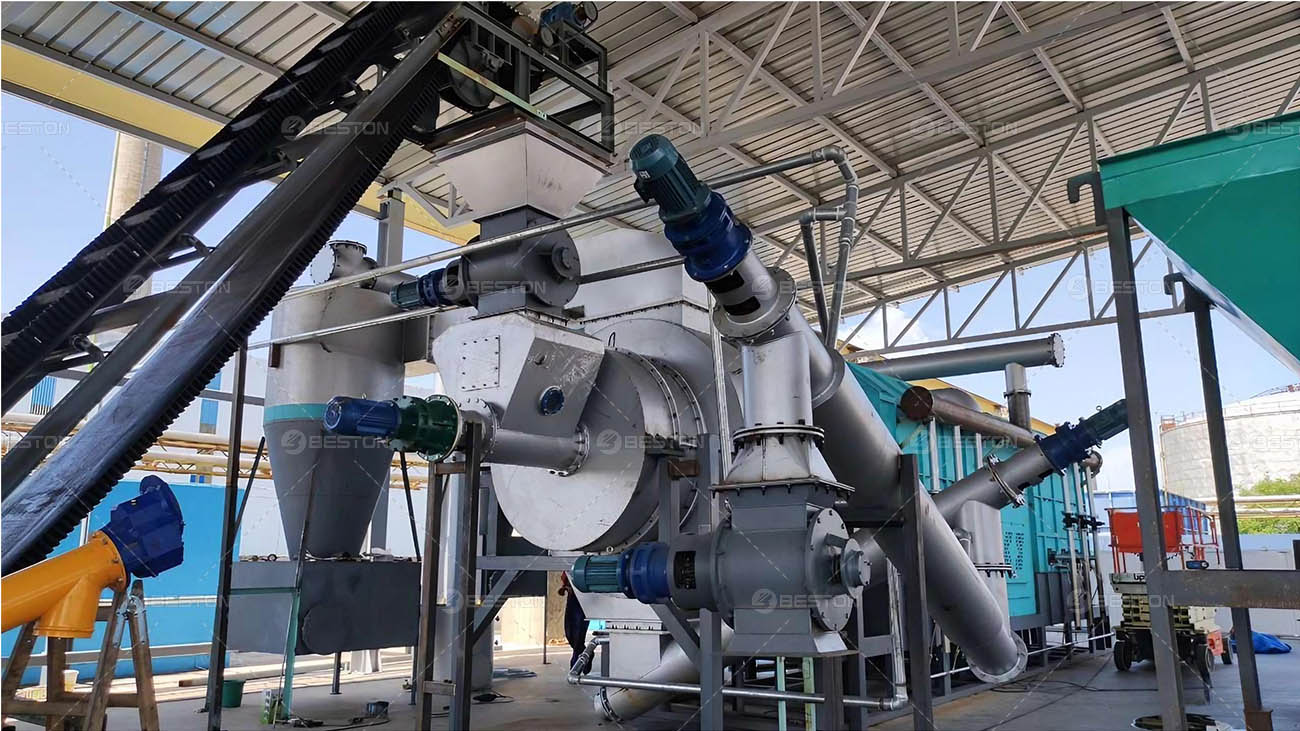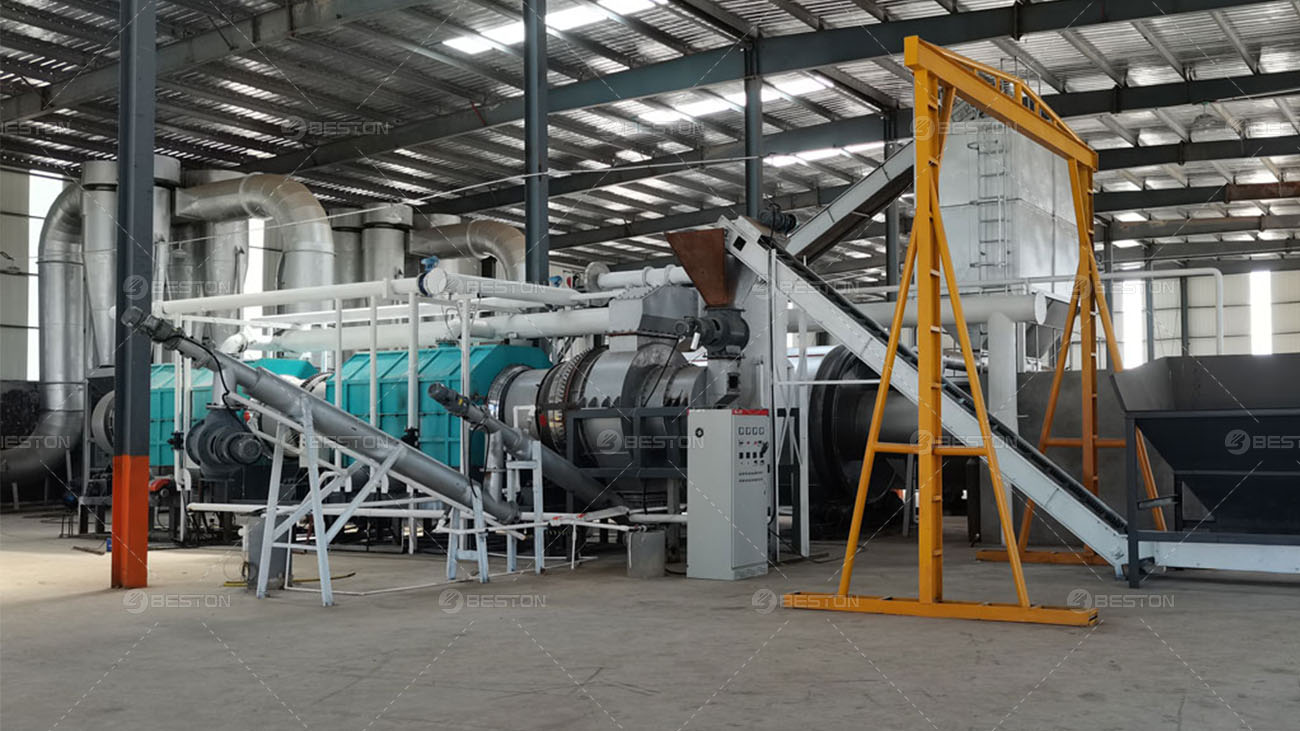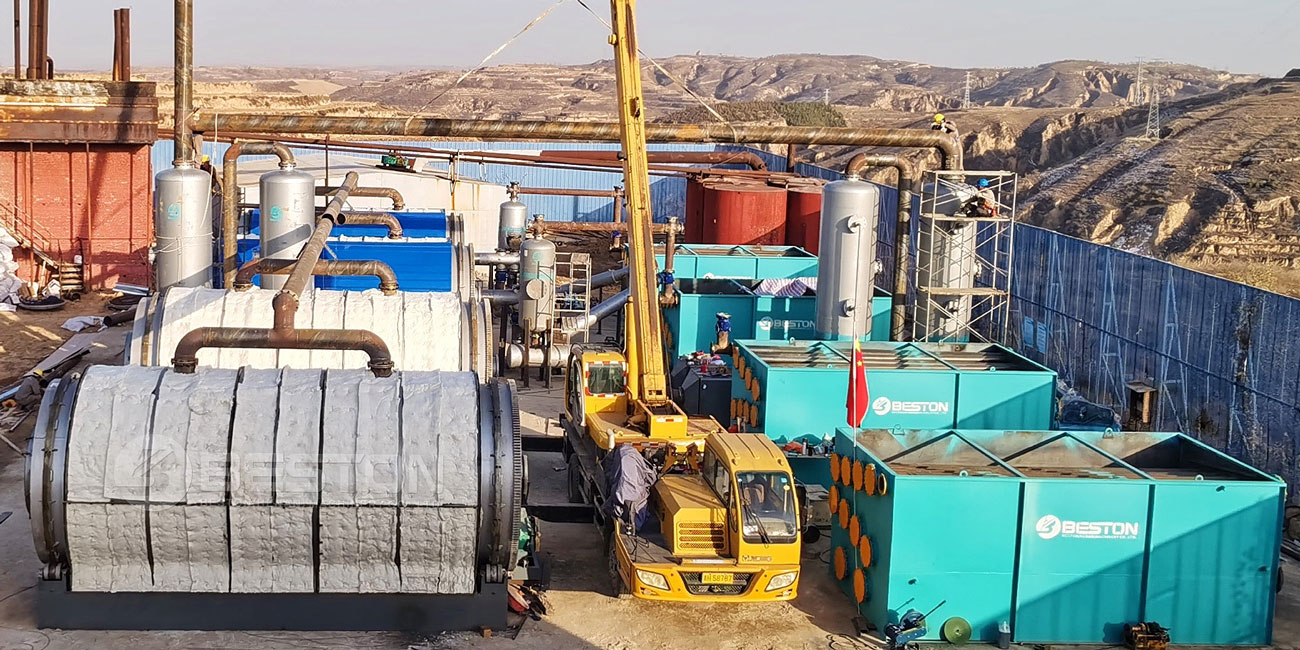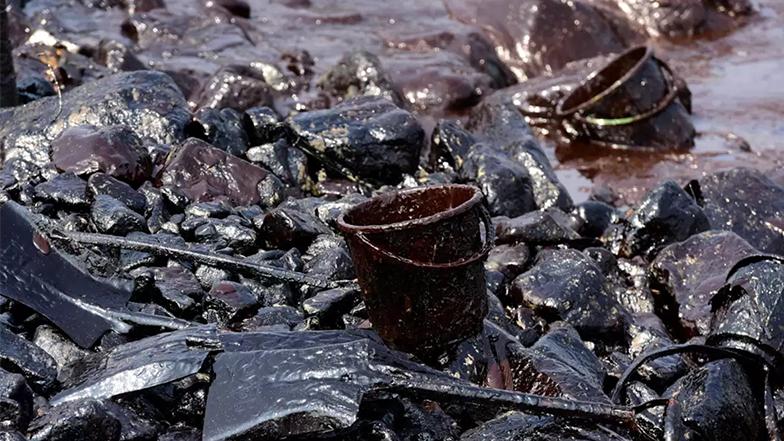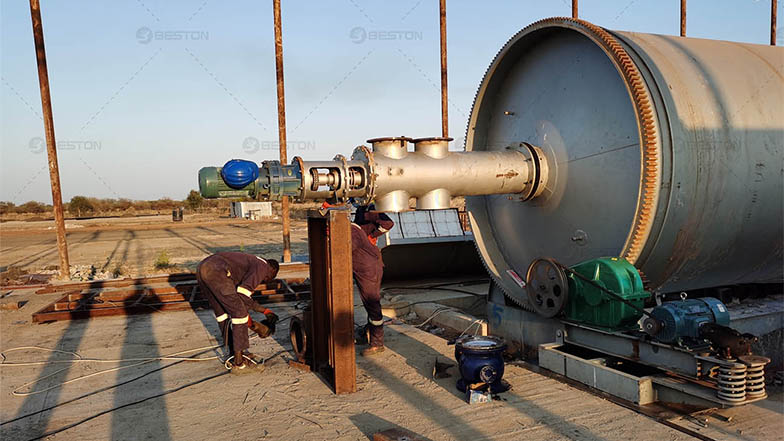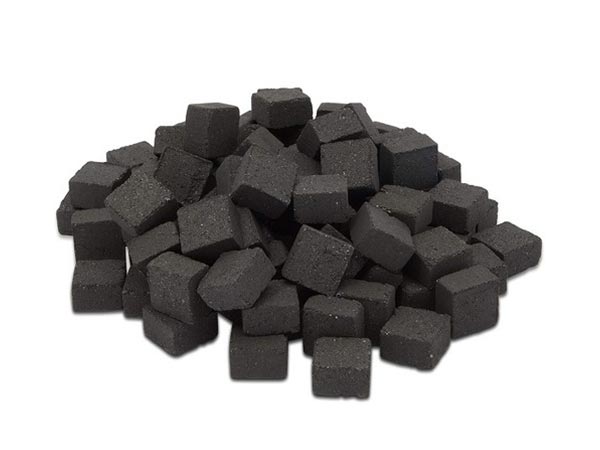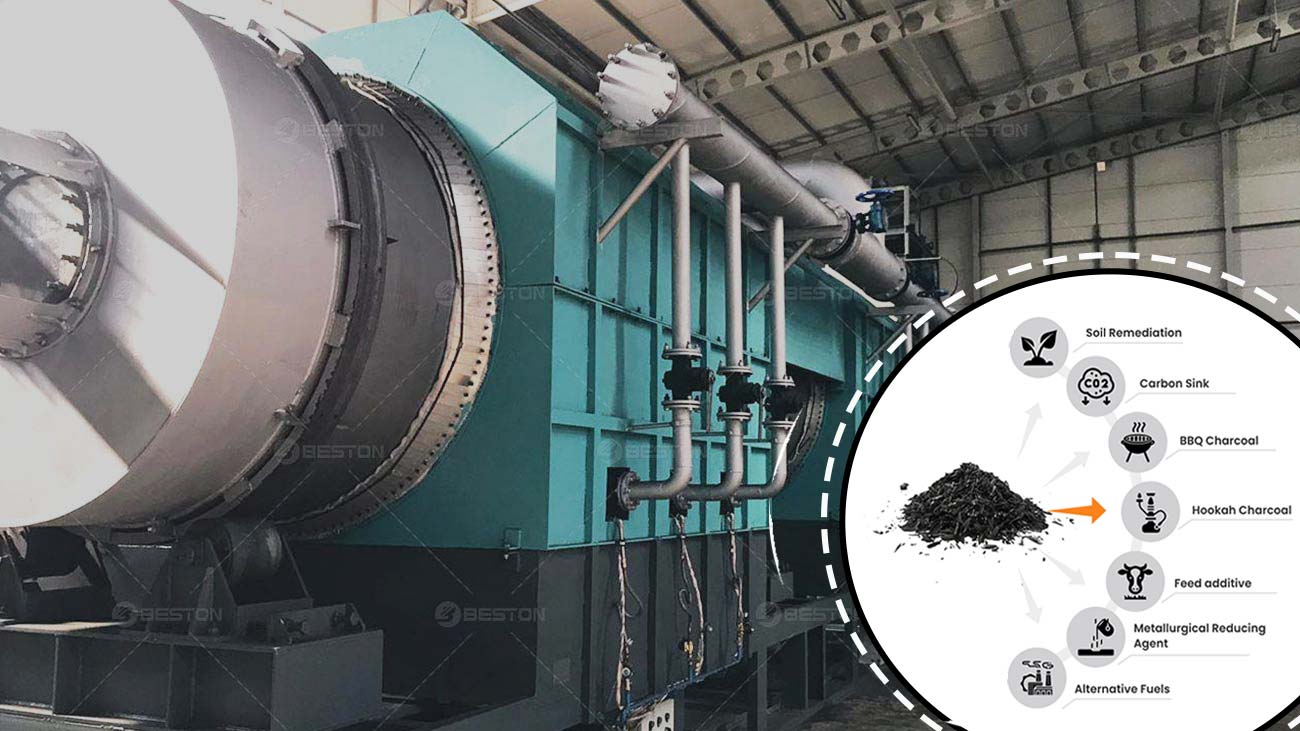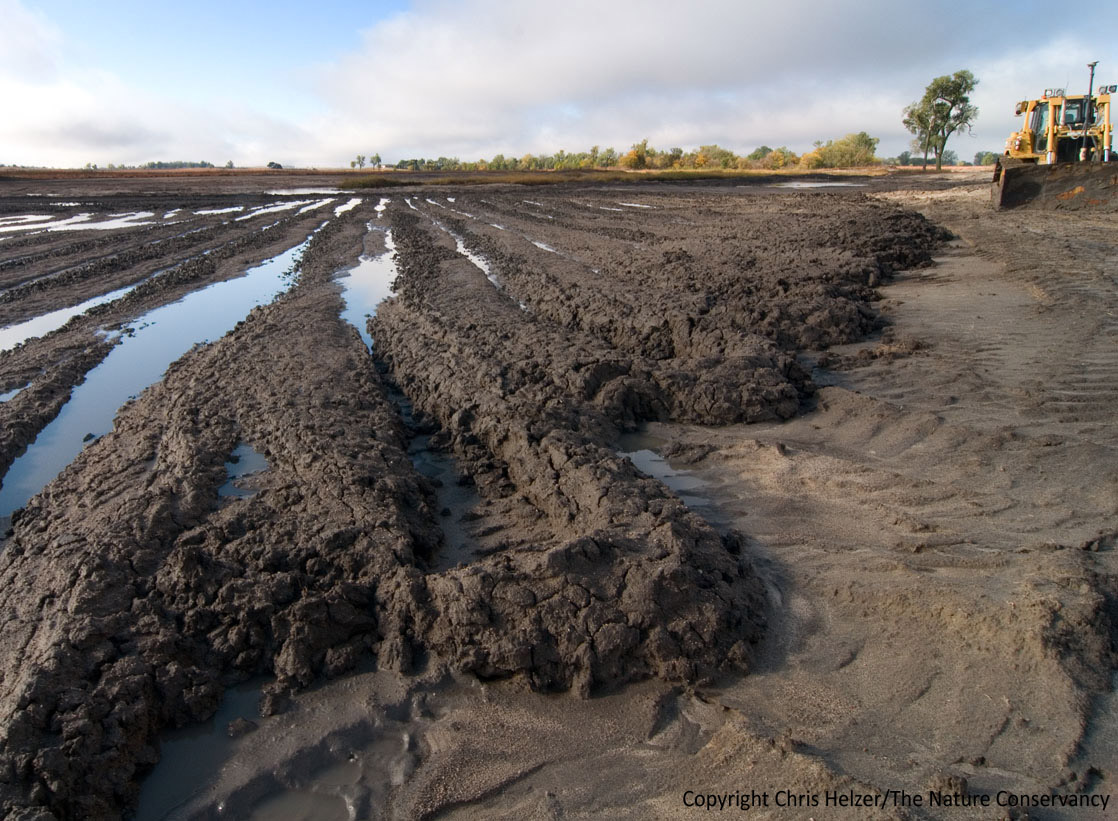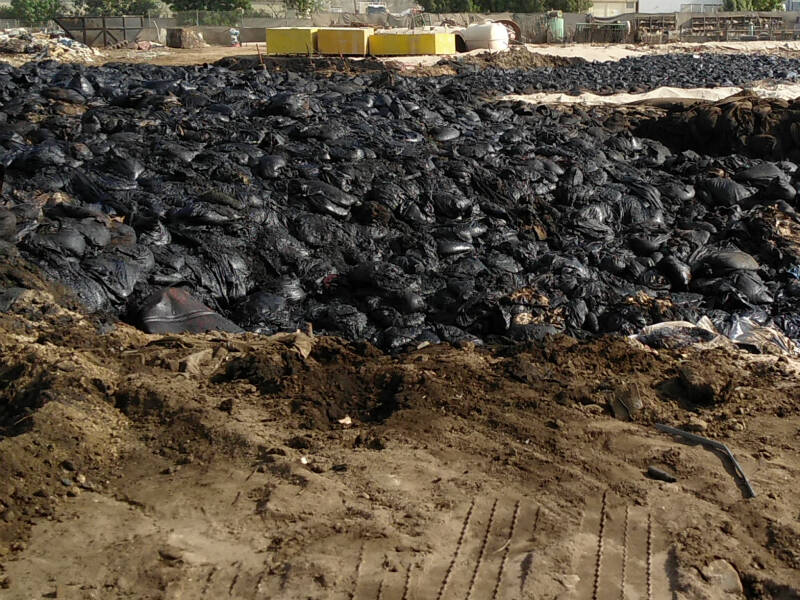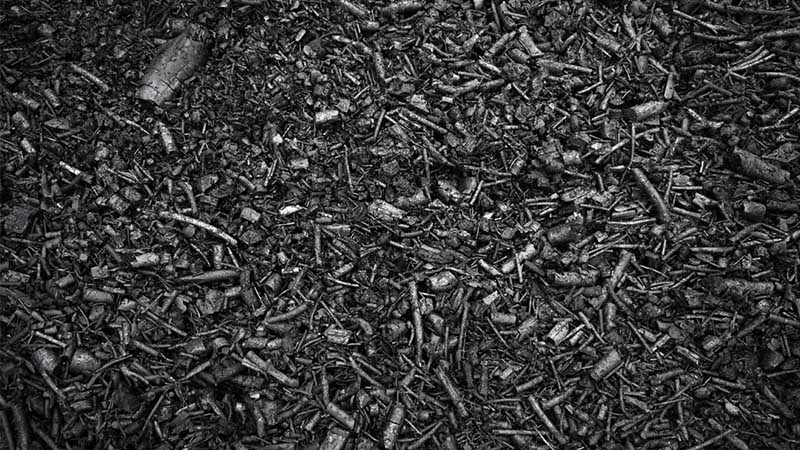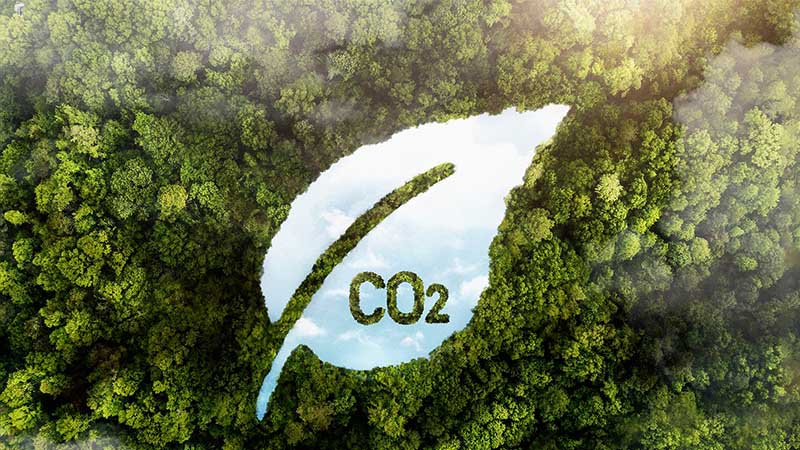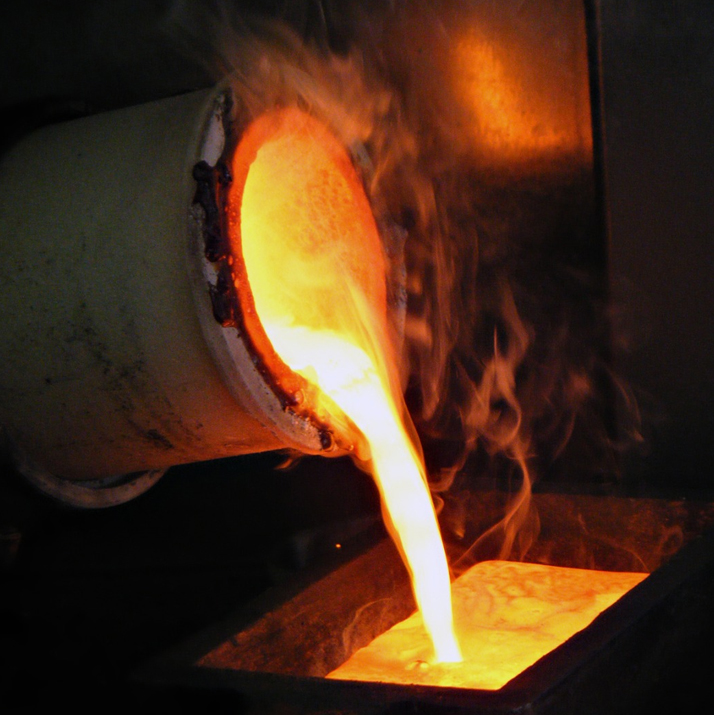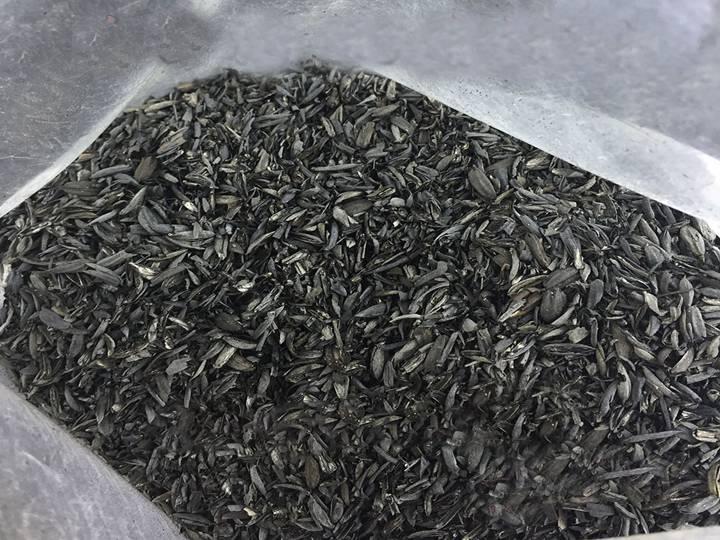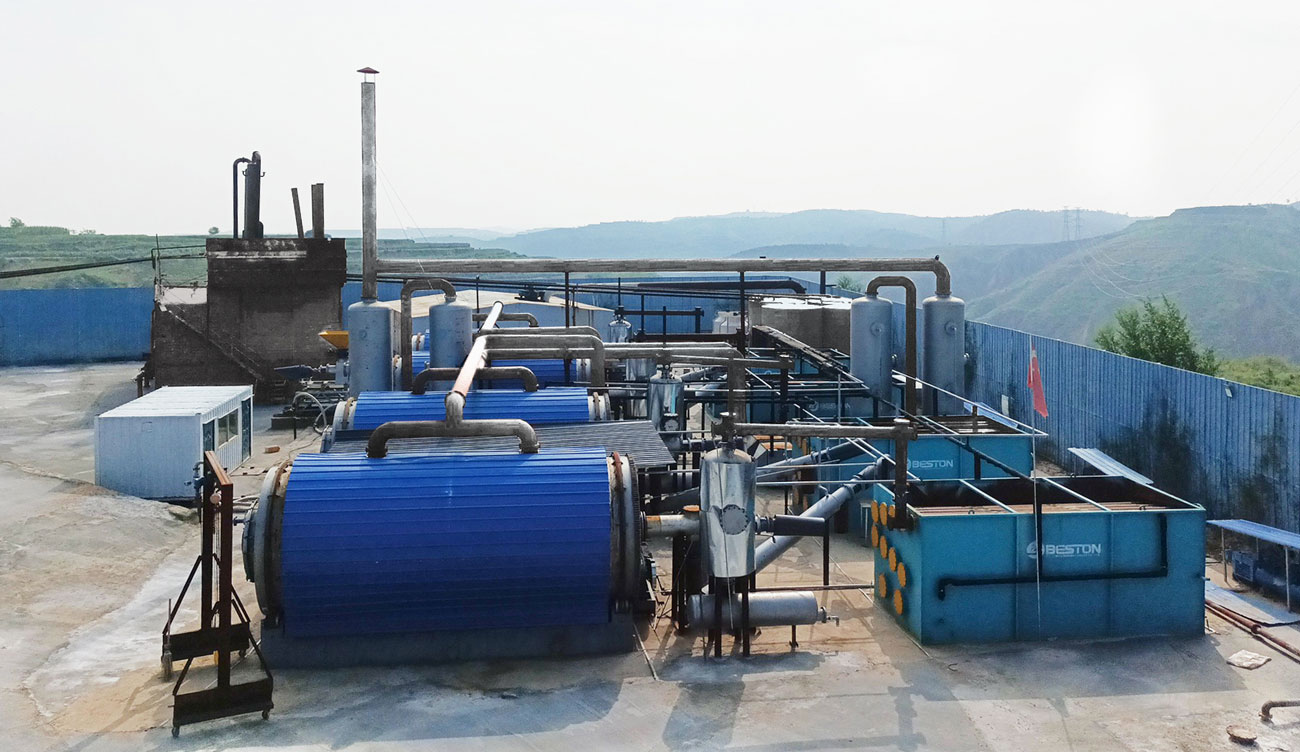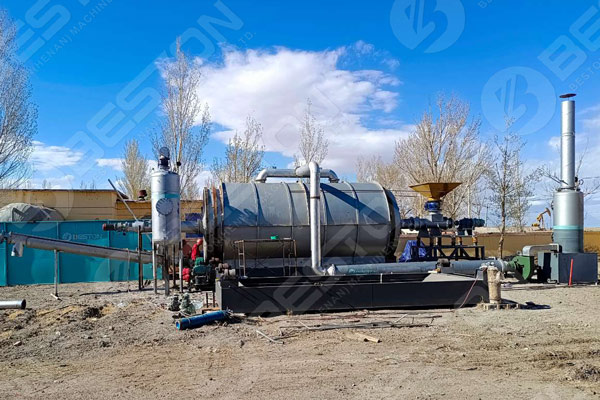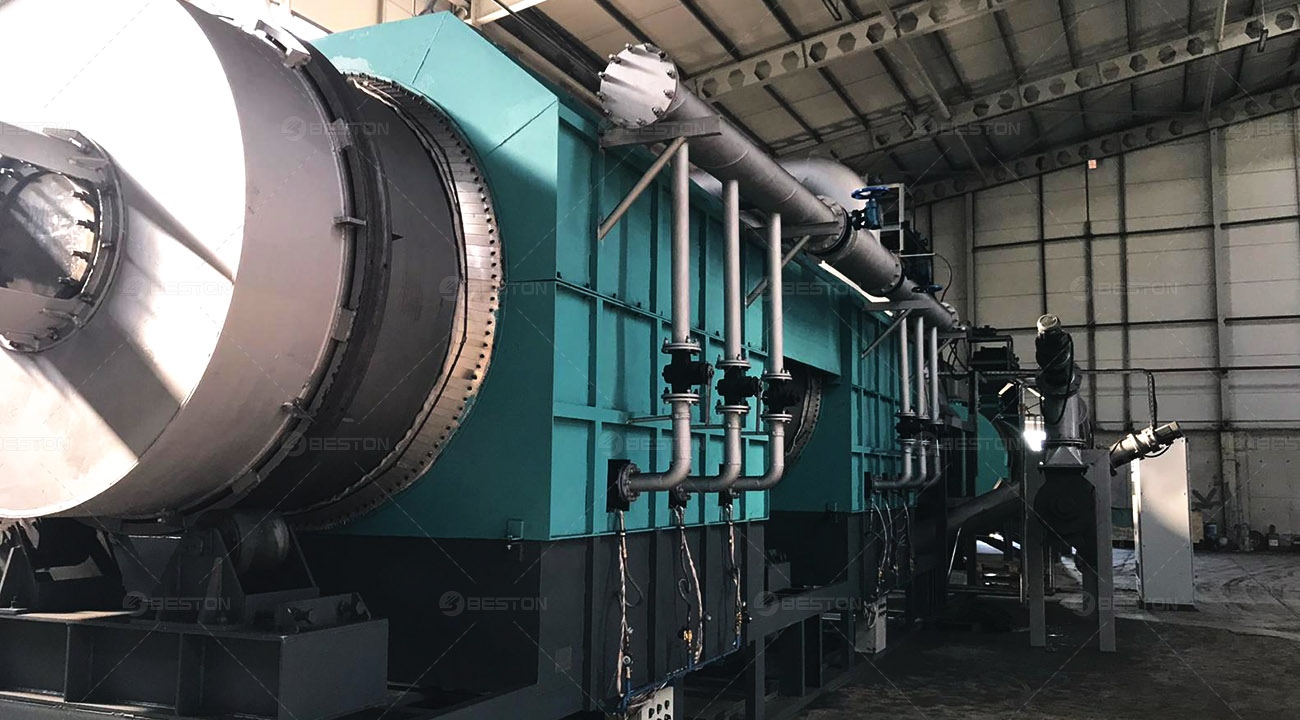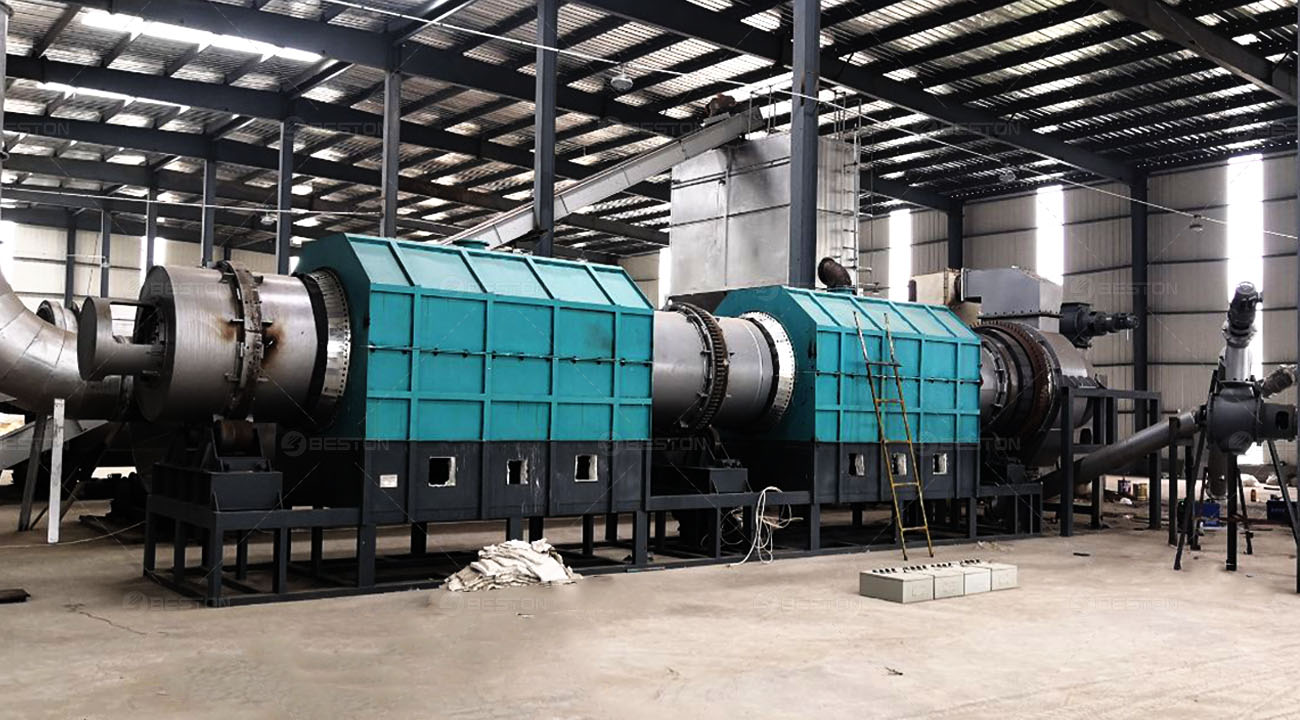Financial Viability of Continuous Tire Pyrolysis Plant
The growing demand for sustainable waste management solutions has placed tire recycling at the forefront of environmental innovation. Tire pyrolysis, a thermochemical process that converts waste tires into valuable products like pyrolysis oil, carbon black, and gas, is increasingly seen as an effective waste-to-energy solution. However, like any industrial investment, establishing a continuous tire pyrolysis plant requires careful profitability analysis to ensure a positive return on investment (ROI). Understanding the financial factors, including pyrolysis plant cost, yield, and operating efficiency, is crucial to making informed investment decisions.
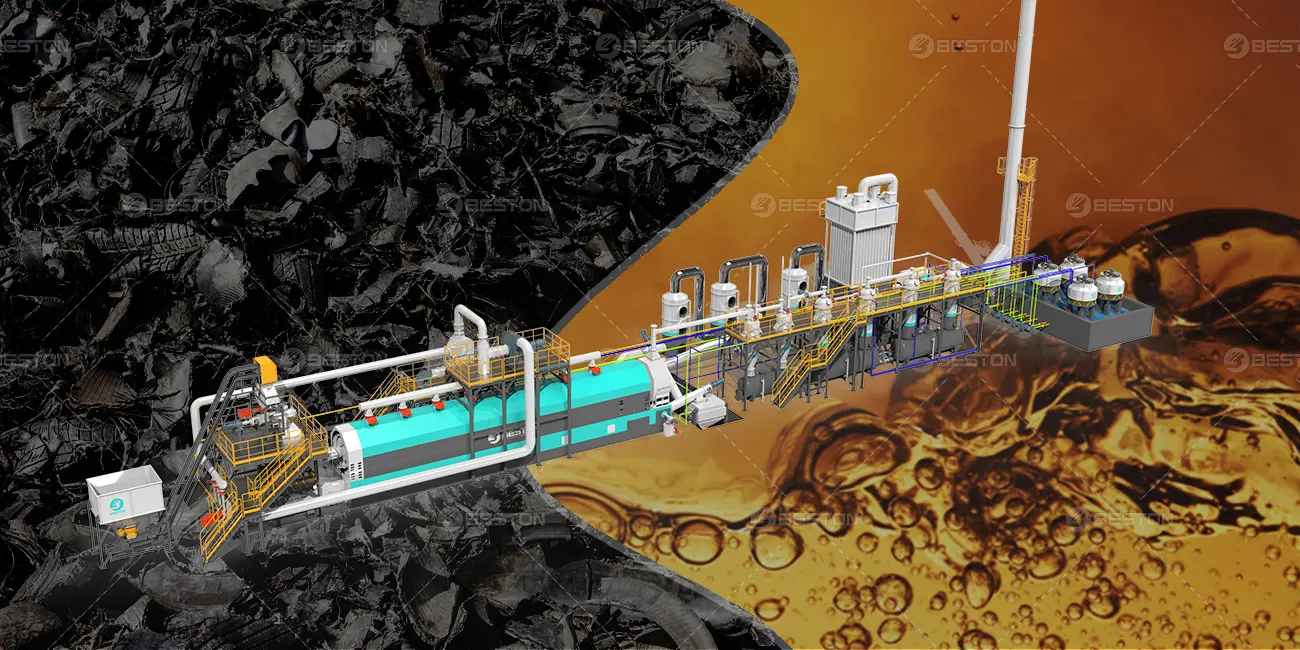
Initial Investment and Pyrolysis Plant Cost
The capital investment required to set up a continuous tire pyrolysis plant can be substantial. Pyrolysis plant cost is influenced by factors such as plant capacity, automation level, equipment quality, and the complexity of the operational systems. For larger plants designed for high-throughput operations, the initial investment can reach millions of dollars, but the ability to continuously process tires increases operational efficiency and revenue generation potential.
The price of a pyrolysis plant depends on several components, including the biochar production equipment, reactor design, gas recovery systems, and waste heat utilization systems. A well-designed pyrolysis plant with advanced features for maximizing energy recovery and reducing emissions typically commands a higher upfront cost. However, these advanced systems can lead to substantial long-term savings by improving the plant’s overall efficiency, reducing operational costs, and enhancing product output.
In addition to the plant itself, there are associated costs such as land acquisition, installation, and permits, which can vary greatly depending on the region and local regulatory environment.
Operating Costs and Energy Consumption
Operational costs are a significant factor in the profitability of a continuous tire pyrolysis plant. The primary expenses include raw material procurement, labor, energy, maintenance, and regulatory compliance. While the initial capital investment is a substantial consideration, managing operating costs effectively ensures long-term profitability.
One of the most significant operational costs is energy consumption. Pyrolysis requires a substantial amount of heat to break down tires into usable products. However, many continuous tire pyrolysis plants are designed to be self-sustaining by utilizing the gases produced during the pyrolysis process to generate heat. This closed-loop energy system reduces the dependence on external energy sources, helping to mitigate energy costs and improve profitability.
Additionally, labor costs are influenced by the level of automation in the plant. Fully automated systems with minimal manual intervention can reduce labor expenses but may increase the initial capital outlay. However, automation enhances operational consistency, improves efficiency, and reduces the likelihood of errors, all contributing to lower overall operating costs.
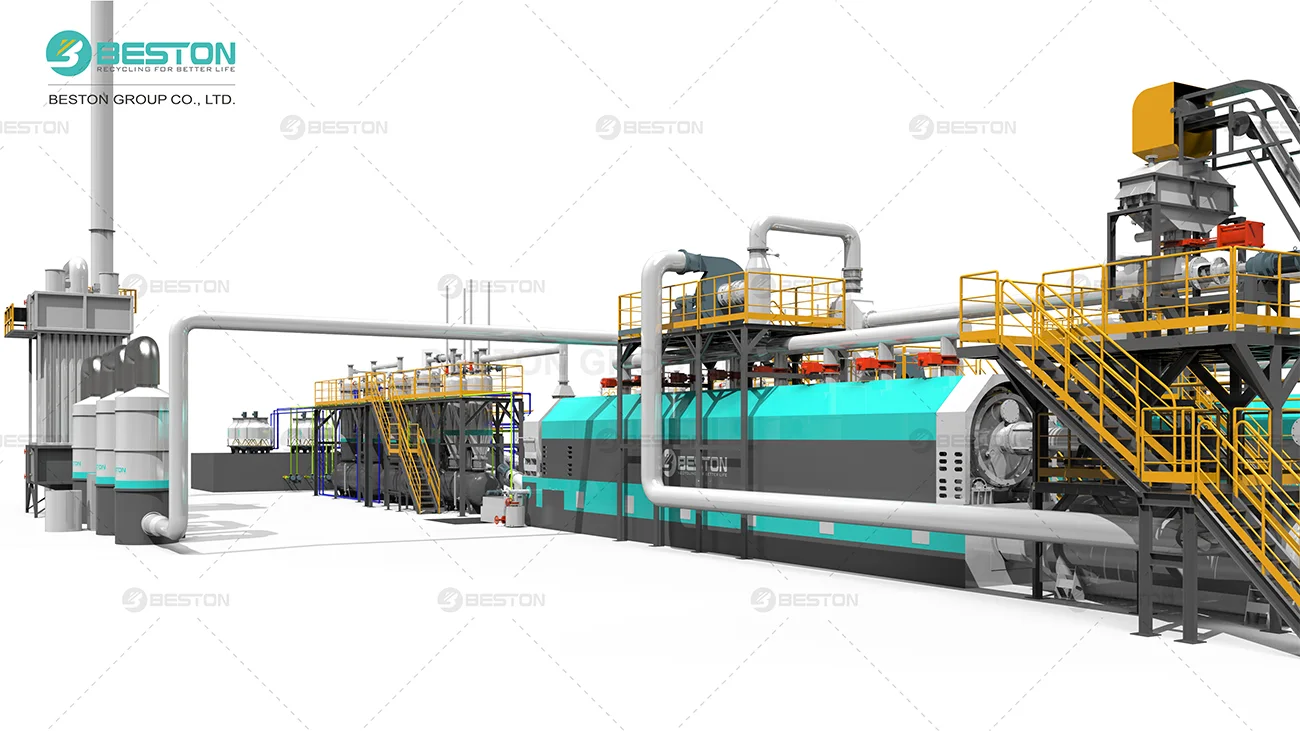
Product Yield and Market Demand
The profitability of a continuous pyrolysis machine is largely determined by the quantity and quality of the products it generates, as well as the prevailing market demand for those products. The three primary outputs of tire pyrolysis—pyrolysis oil, carbon black, and gas—have distinct market values.
- Pyrolysis Oil: The pyrolysis oil produced by the plant can be refined further for use as industrial fuel, or it can be processed into valuable chemicals. Its market price fluctuates based on global oil prices and demand in various industries.
- Carbon Black: Carbon black is used in the production of rubber, plastics, and inks. Its market price depends on the quality and grade of the carbon black, with higher-grade carbon black commanding a premium price.
- Pyrolysis Gas: This byproduct can be used to fuel the pyrolysis process, reducing the need for external fuel sources. Excess gas can sometimes be sold to local energy providers, creating an additional revenue stream.
The yield of these products is directly influenced by factors such as feedstock quality, reactor temperature, and pyrolysis time. Optimizing these parameters can enhance product yields and improve the overall economic viability of the plant.
Return on Investment and Payback Period
A key consideration for any investor is the plant’s return on investment (ROI) and payback period. ROI is influenced by both revenue generation from product sales and cost savings achieved through operational efficiencies. With a continuous waste tyre pyrolysis plant, it is possible to generate a steady stream of revenue over time, as the plant operates 24/7. However, the time it takes for the plant to break even and start generating profits will depend on the scale of the operation and market conditions.
Typically, the payback period for a continuous tire pyrolysis plant ranges from 1.5 to 3 years, depending on the size of the plant, the efficiency of the equipment, and the consistency of the feedstock supply. Larger plants with higher throughput may reach profitability sooner, while smaller-scale operations might take longer to recoup the initial investment.
Risk Factors and Market Volatility
While the financial prospects of a tire pyrolysis plant can be promising, several risks can impact profitability. Market volatility, especially in the prices of petroleum-based products and carbon black, can lead to fluctuating revenues. Additionally, regulatory changes, such as tightening emissions standards or changes in waste disposal policies, can increase operating costs or necessitate upgrades to equipment.
To mitigate these risks, it is crucial to maintain flexibility in plant operations, invest in research and development for product diversification, and keep abreast of market trends. Diversifying revenue streams by selling excess pyrolysis gas or offering specialized refining services for pyrolysis oil can also buffer against market instability.
Maximizing Profitability
Maximizing the profitability of a continuous tire pyrolysis plant requires an integrated approach to equipment optimization, operational efficiency, and product marketing. Investing in high-quality pyrolysis plant technology, optimizing process parameters, and establishing strong market connections for product sales are key strategies for maximizing revenue and minimizing operational costs.
In conclusion, while the initial pyrolysis plant cost can be significant, the long-term profitability of a continuous tire pyrolysis plant is largely dependent on optimizing operating conditions, maintaining high-quality product output, and managing costs efficiently. By carefully analyzing the financial and operational aspects, investors can ensure the success and sustainability of their tire pyrolysis ventures.
